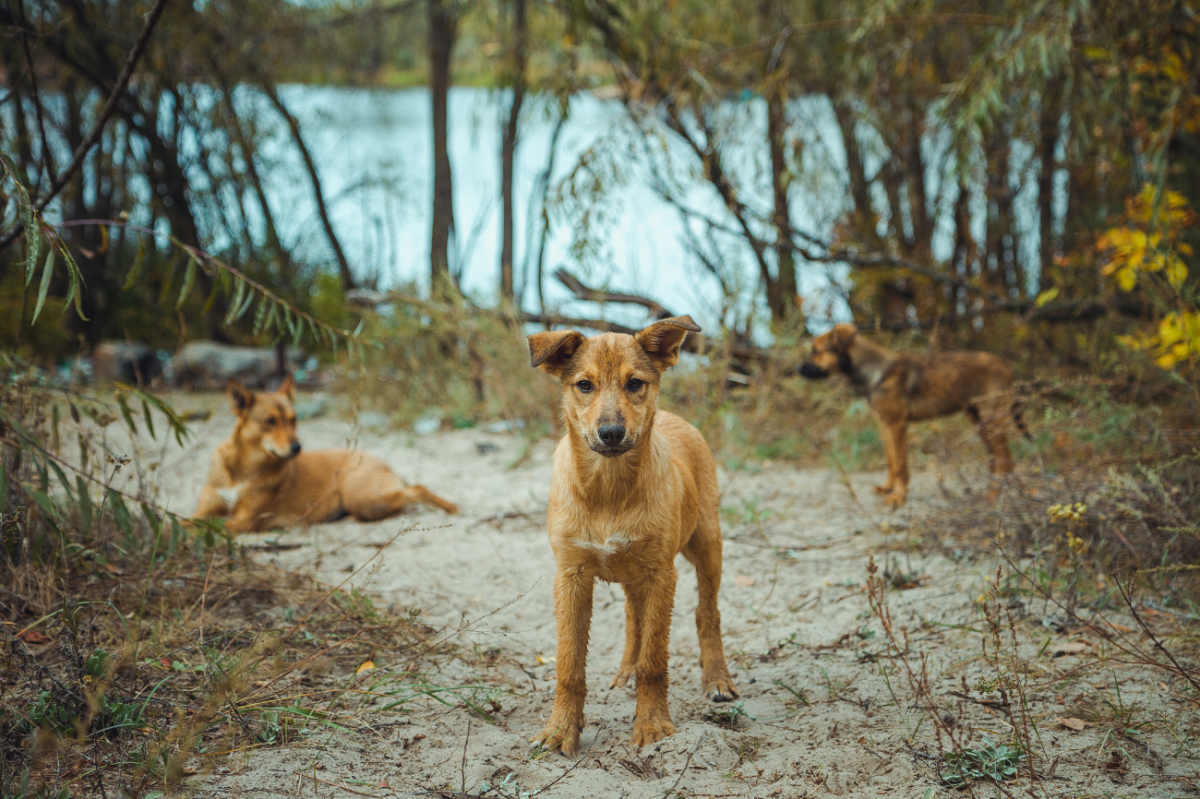Have Chernobyl Mutations Rewired Evolution?
Posted on Categories Discover Magazine

The 1986 Chernobyl disaster was the worst nuclear meltdown in history. Today, much of the area around the old plant in Ukraine and in bordering Belarus remains uninhabited, including the city of the same name and Pripyat. But that’s only true if we’re talking about humans.
Many animals still live in the area. In many cases, wildlife populations have thrived due to the lack of human presence for more than 35 years. But does this mean the animals that live in the area have adapted to the unique threats they face from radiation in the area?
Some research suggests that populations in the Chernobyl Exclusion Zone have begun to evolve. Other researchers believe that there isn’t enough rigorous data yet to prove any kind of adaptive effect yet.
“We do the best we can with the resources we have at the time,” says Tim Mousseau, a biologist at South Carolina University who has tracked the development of radiation-prompted evolution for many years.
Chernobyl Frogs: Evolution in Action
In 2016, the researchers Pablo Burraco and Germán Orizaola began examining the way that eastern tree frogs were responding to radiation in the Chernobyl area. While normally bright green, these frogs are occasionally black.
In the Chernobyl area, however, they found many frogs displaying the uncharacteristic black color.
The melanin responsible for this dark color in various species can actually temper some of the negative effects of ultraviolet radiation. In humans, for example, dark pigmentation can protect from some of the negative effects of too much sunlight. Melanin also protects from some radiation-related cell damage.
Burraco and Orizaola expanded their study in the following years, analyzing the skin color of frogs captured from 12 ponds in northern Ukraine — including some in the most radioactive parts of the Chernobyl area. They compared these to frogs from other ponds outside the Chernobyl Exclusion Zone that had relatively low levels of radiation.
In all, the researchers analyzed more than 200 frogs and found that those from high radiation areas are much darker on average.
“Chernobyl frogs could have undergone a process of rapid evolution in response to radiation,” they reported in The Conversation. This is likely the result of natural selection, they say: Darker frogs survived at relatively higher proportions than their green counterparts.
Read More: Glass Frogs Turn Translucent by Hiding Their Blood
Mutated Animals in Chernobyl
Also in 2016, Mousseau and a colleague published a review examining 17 cases where researchers claimed to find adaptations to radiation in Fukushima and Chernobyl. These included everything from pine trees to grasshoppers and voles.
The researchers failed to find strong evidence of adaptation in most of these studies, however, aside from the eradication of a few individuals that seemed to be genetically more vulnerable to the effects of radiation.
Many of the examined studies included relatively small sample sizes from single contaminated sites and single control sites. Or, they weren’t conducted with “significant rigor” to support a hypothesis of evolved adaptation, Mousseau says.
There was one exception: Researchers zapped the bacteria from the feathers of barn swallows in highly radiated parts of Chernobyl, as well as bacteria from Denmark with normal levels of radiation. They found that the bacteria on Chernobyl swallows is more resistant to damage caused by the induced radiation.
That’s not to say that Mousseau has ruled out evolution entirely. “I’m as guilty as any[one] of speculating about this,” he says. In fact, researchers have proven in several cases that evolution is possible within just a few generations. Mousseau simply believes that the studies so far haven’t been rigorous enough to support the idea.
Read More: How Long Will Fukushima Stay Radioactive?
Chernobyl Dogs
Feral dogs have also run wild in Chernobyl for more than 35 years. Many are the descendants of pets left behind during evacuation of the area. “People weren’t given much time to go,” says Elaine Ostrander, a geneticist at the National Institutes of Health.
In total, there may be thousands of feral dogs in the Chernobyl Exclusion Zone — their populations likely boosted by food given out by tourists, who are coming in increasing numbers to the area.
Mousseau and his colleagues connected with Ostrander and others to learn more about the genetic profile of these dogs; in research published recently in Science Advances, they analyzed DNA samples from 15 generations of feral dogs in Chernobyl.
“We were interested in identified variants in the DNA sequences that have allowed these dogs to live and propagate,” Ostrander says.
Their analysis revealed that different populations of dogs in the area had distinct signatures that identified where they came from. Those from the city of Chernobyl, for example, had a signature that was different from those at Pripyat, only 9 miles away. They also compared these with the genetic profiles of dogs that live in nearby Poland and elsewhere in Eastern Europe.
Doggone Radiation
The level of genetic detail that the researchers have examined in these dogs is unique, Mousseau says. But this research is only the first step.
Now that the genetic profiles of different Chernobyl dog populations have been characterized, the researchers can begin to examine whether there are common genetic threads between the Pripyat and Chernobyl dogs that differ, for example, from dog populations living with lower levels of radiation.
This kind of research may finally reveal how an animal that is relatively similar to humans responds and evolves to radiation.
“[Its] greatest potential, however,” write the study’s authors, “lies in understanding the biological underpinnings of animal and, ultimately, human survival in regions of high and continuous environmental assault.”
Read More: The Science Behind Dog DNA Tests